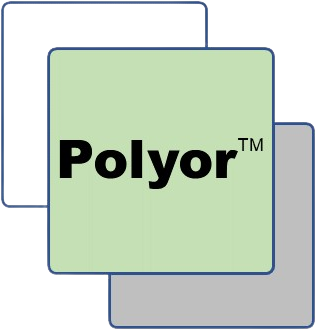EU's carbon removal certification framework ?
The Günther et al. 2024 article (https://lnkd.in/eE8aQESF) regarding the European Commission’s carbon removal certification framework (CRCF) merits a readthrough. Quite (too!?) critical of current carbon-farming, let me quote a few snippets ;
Ø “the CRCF does not provide any further details on baseline determination”
Ø “certain emissions and removals by sinks are more difficult to identify and monitor /…/ leading to accounting inaccuracies when carbon removal operators claim that their land removes more CO2 than it actually does.”
Ø “the use of carbon farming /…/ cannot even be considered “permanent carbon storage.”
Ø “temporary carbon storage credits is also a questionable approach, as these credits have largely failed as a carbon crediting instrument due to the risk of reversal of carbon pools.”
Ø “carbon removal units as offsets is particularly worrying given that the current proposal allows for the certification of temporary removal methods, such as carbon farming”
Ø “possibility of double claiming of emissions.”
Ø “ambiguities when it comes to permanent and temporary carbon storage.”
Ø “likely cause shifting effects when relevant actors shift their use of resources to countries/regions with less stringent environmental rules.”
Ø “the CRCF merely requires that carbon removal activities have a neutral impact on or generate co-benefits /…/ only a voluntary requirement.”
In short, Günther et al. 2024 conclude that the current CRCF;
- does not sufficiently take into account the normative hierarchy between different mitigation measures mandated by EU and international law.
- allows for temporary carbon approaches, such as carbon farming, without providing a clear floor for short-term storage limits.
- doesn't set any limits on the use of carbon credits thus allowing temporary removals to offset fossil fuel emissions and double claiming.
- allows for non-legislative acts for aspects of carbon removal certification that are questionable due to the lack of clear definitions regarding permanent and long-term carbon storage. [via carbon farming]
- inadequately addresses shifting effects that may inadvertently lead to increased GHG emissions and biodiversity degradation in other regions due to land-use change.
- is not aligned with CAP since carbon farming practices may be eligible for certification while simultaneously qualifying as mandatory requirements for CAP support /…/ doubling funding
Gûnther et al. 2024 further concluded that “ … to prevent further delays in achieving effective climate action, it is crucial to deviate from the current path of carbon farming activities being incentivized by voluntary carbon credits.”
For those interested in a possible alternative to this “current path of carbon farming”, Polyor SAS (www.polyor.fr) has developed such an alternative, and deviant (sic), approach to fertilizer management and soil conservation.



